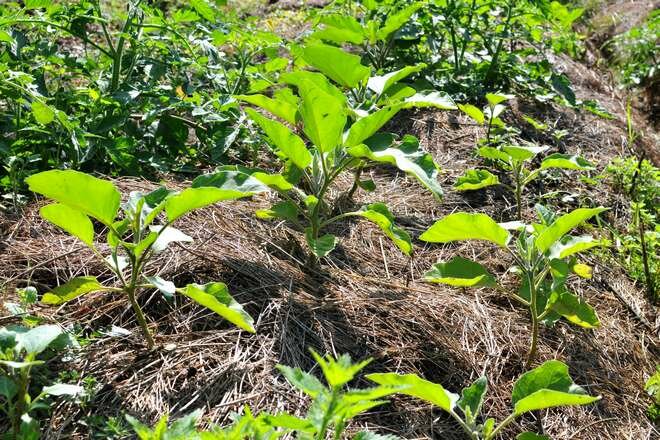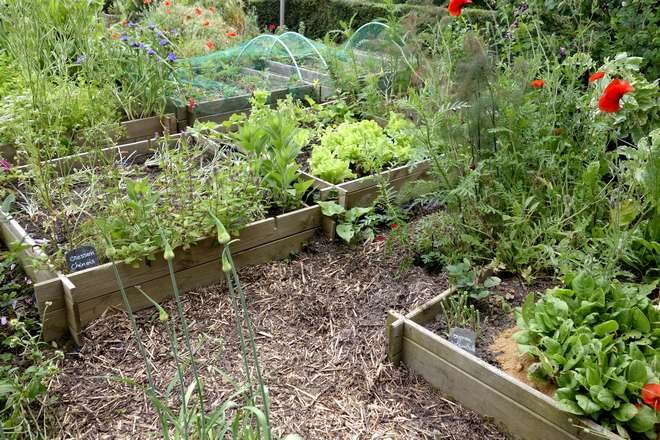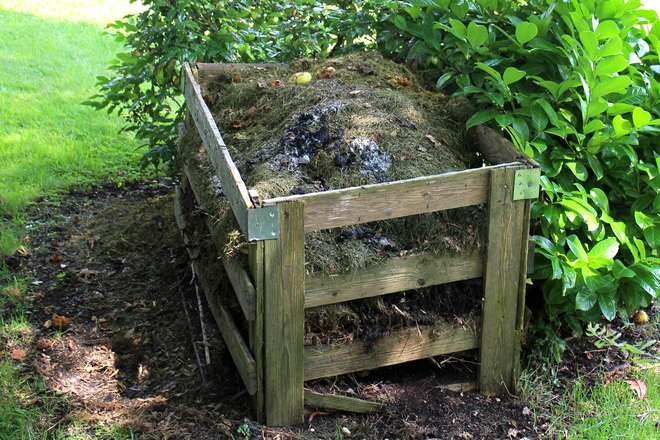
Heavy soil, loam, clay… Clay soils drag behind them a whole bunch of unflattering qualifiers which say a lot about the difficulties one experiences in working them. However, if clay soil has many drawbacks, we must also know how to recognize some advantages, in particular its fertility.
Disadvantages of clay soil
Sip of water
Gardeners who work it all year round know it better than anyone: the major drawback of clay soil is that it retains excess water. As long as it rains a lot in the space of a few days, the clayey soil quickly becomes waterlogged and turns into a quagmire. Soil sticks to boots and tools, which is pretty nasty!
On the plant side, the overflow of water leads to root asphyxiation. Even if they are underground, gas exchange takes place at the roots.
Too dry
In summer, it’s the other way around! The clayey earth hardens and becomes pebble. In the heart of summer, in times of heatwave or drought, it even retracts and cracks deeply. Again, it is difficult to work it because the tools do not sink into it so much the clay soil is hard at this time of year!
Slow to heat up
When you garden on clay soil, you don’t understand it right away. We are always surprised, for example, to see that the trees and shrubs planted vegetate for a few years before settling there. Once this period has passed (it sometimes takes between 3 and 5 years) they then leave for rapid growth. Provided all the same that these plants like clay soils.
These observations are probably explained in two ways: first, clay soils are cold soils, which struggle to warm up in the spring compared to other soils which store heat from March to June, which is profitable. to a faster restart of growth. Conversely, in summer, clay soils are often very hot!
Second, the compact texture of these soils is not conducive to easy root progression. Rather, their good development requires a flexible and airy soil.
Advantages of a clay soil
Fortunately, clay soils do not only have drawbacks. It is also good land in many ways.
Limited watering
Except in the heart of summer, there is no shortage of water, there is no shortage of clay! What can be considered in many respects as a disadvantage is also an advantage because, if the water is well managed (drainage in winter), watering is superfluous.
A rich land
The other great quality of clayey soil is its consistency and richness. Once established, trees and shrubs find all the nutrients they need to grow and be healthy.
Easy to improve !
Finally, there is nothing prohibitive with clay soil. It is rather easy (even if it takes a long time) to improve it, by draining it, to evacuate excess water more quickly, by modifying it very regularly also to lighten it, aerate it and soften it. and therefore improve its texture.
Make clay soil more flexible
Long-term work
You might as well say it right away, it is long-term work that awaits you, at least several years. Because clay soil will not transform overnight into good vegetable garden soil, flexible and easy to work. It takes time for soil organisms (because they are the real architects of change) to carry out their hard task.
2 main ideas should guide your behavior to make your clay soil lighter.
A land always covered
Whatever the season, never leave your cultivated land bare. Mulching is essential. In winter, it will limit the beating phenomenon and protect “shadow workers” from the cold while providing them with organic matter to break down and incorporate into the clay soil.
In summer, mulching will limit the drying out of the soil and will play the same protective role.

Regular contributions of organic matter
The second idea is to promote the proliferation of this microfauna by providing it with organic matter on a regular basis. For example, in autumn, when the vegetable garden is empty, cut away the remains of vegetable waste to incorporate them into the dead leaves gleaned from various points in the garden. Add a large amount of compost then spread it all over the surface of the earth, forming a layer 15 to 20 cm thick. Remember to ballast to prevent the leaves from scattering by the wind.

Microorganisms and earthworms will do the rest! They will take care of breaking down this organic matter all winter long and incorporating it into the surface layers of the soil, creating the precious humus!
It is by repeating these gestures, from season to season, from year to year, that you will manage to make your clay soil more flexible and to make it the best growing medium for your plants and vegetables!

